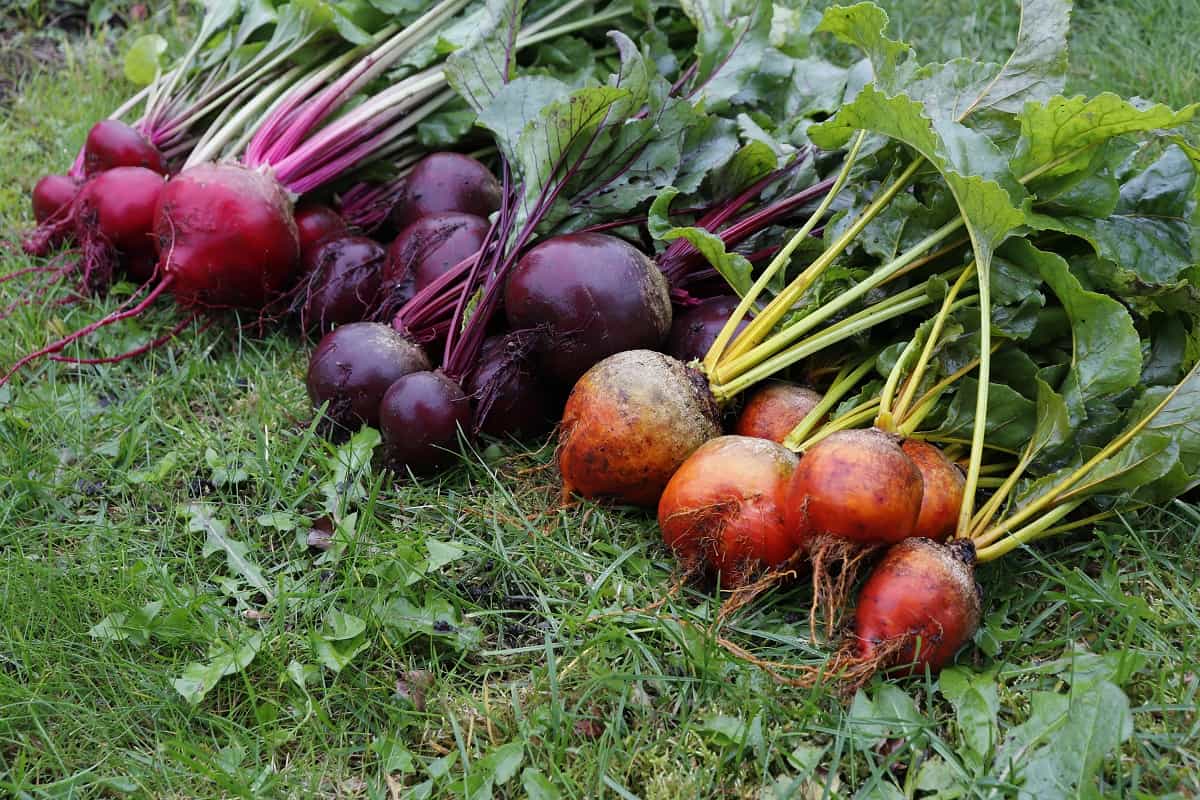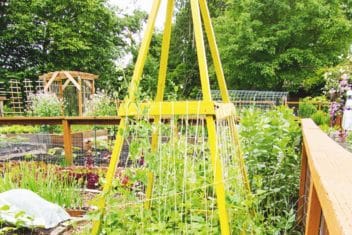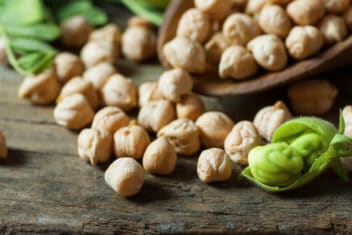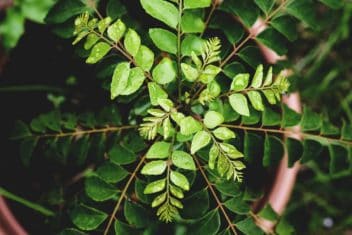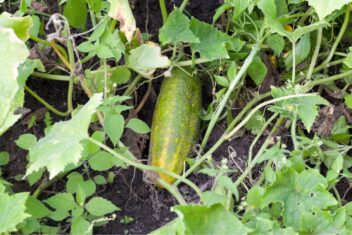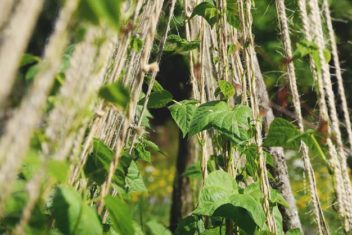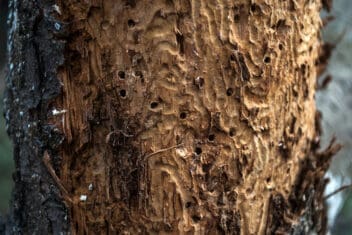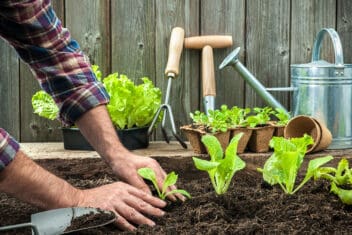If you are looking for a new vegetable to grow in your homestead garden this year, you’ve got to consider beets. They come in many different varieties and have several health benefits.
They can be eaten raw or cooked and offer a variety of nutritional benefits to those who consume them. Beetroot juice is especially beneficial for athletes because it helps with blood flow and reduces muscle soreness after exercise by increasing the uptake of oxygen into the tissues.
Of course, you don’t have to be a pro athlete to know that. With so many reasons to consider growing beets, your next decision is this – what kind of beets will you grow? Here are some of the best beet varieties to grow in your backyard garden this spring.
Best Beet Varieties to Grow
If you’re looking for ways to add variety to your spring or fall garden, consider adding some of these delicious beet varieties to your rotation.
1. Avalanche
An open-pollinated cultivar of beet, ‘Avalanche’ is a bright white color and is known for its mild, sweet flavor. It has all the sweetness you love in your favorite beets – yet none of the bitterness.
It’s surprisingly crunchy, too, making it the perfect candidate for eating raw in salads. However, you can also add it to soups and stews. You can harvest these beets when they are relatively small, about 2-3-inches in diameter. Typically, they are ready for harvest in less than 50 days. Of course, you can eat the greens, too.
Plus, one of the best features of this beet variety? You don’t have to worry about those pesky red stains on your hands and cutting board while you work!
2. Bull’s Blood
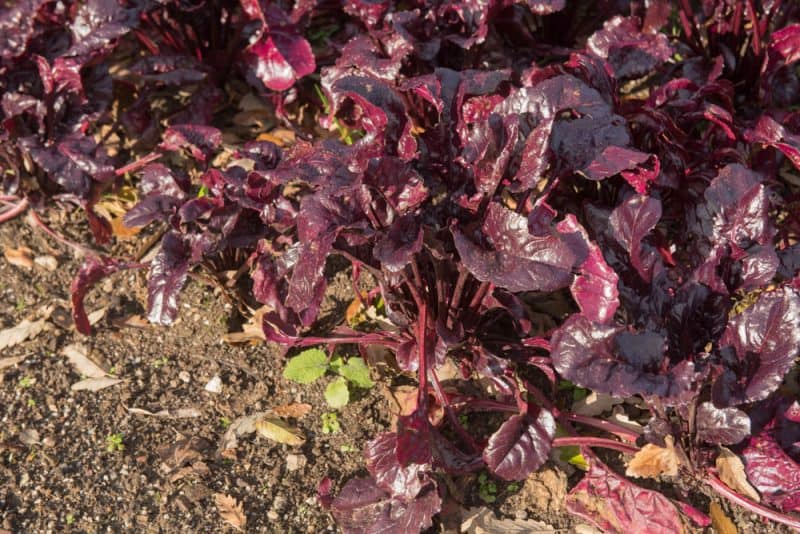
First introduced in 1986, ‘Bull’s Blood’ was created from the lesser-known French variety of beet known as ‘Crapaudine.’
As you might expect, this kind of beet is a bright reddish-purple color. It also has dark purple leaves that taste delicious – these can be harvested as microgreens or eaten when mature, cooked much like you might prepare Swiss chard.
When it comes to the roots of this variety, they have a sweet, earthy flavor and aren’t bitter in the slightest, particularly if you make sure to harvest them when they are young.
3. Avenger
‘Avenger’ is a great beet to grow if you want a hybrid beet good for its red roots and its tasty greens. It’s generally ready for harvest in around 60-70 days.
4. Chioggia
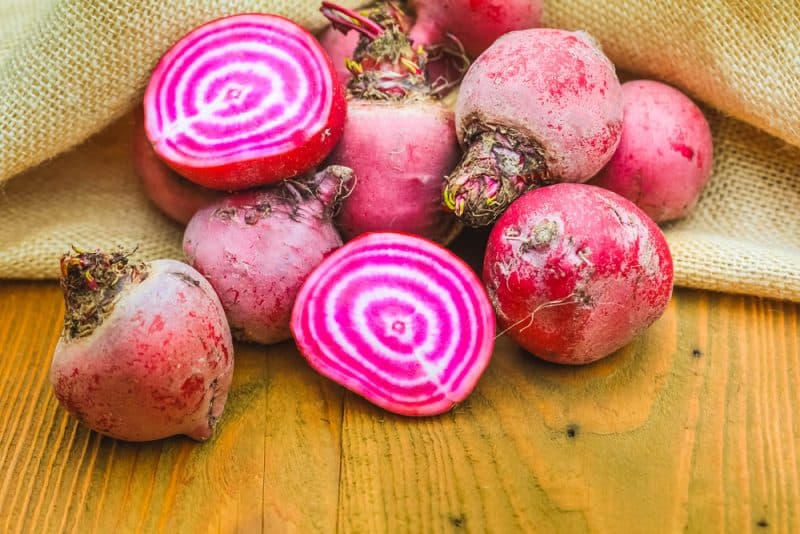
My personal favorite beet variety, Chioggia beets are unremarkable looking at first glance. In fact, their deep red color makes them look like radishes initially.
However, cut into a Chioggia beet, and you will be impressed. These beets have concentric white and pink rings, giving the interior of this beet a truly psychedelic appearance. An heirloom cultivar, it adds a remarkable appearance to an otherwise bland dinner – just keep in mind that the rings will fade when you cook your slices of beets, so you may want to eat these raw.
Chioggia beets take 60 days to reach maturity, but you are welcome to harvest the greens at any time.
5. Big Red
‘Big Red’ is a relatively fast-maturing variety of beet to consider. This one is a good late-season producer, perfect for northern gardeners, and is ready for harvest in just 55 days.
6. Crosby Egyptian
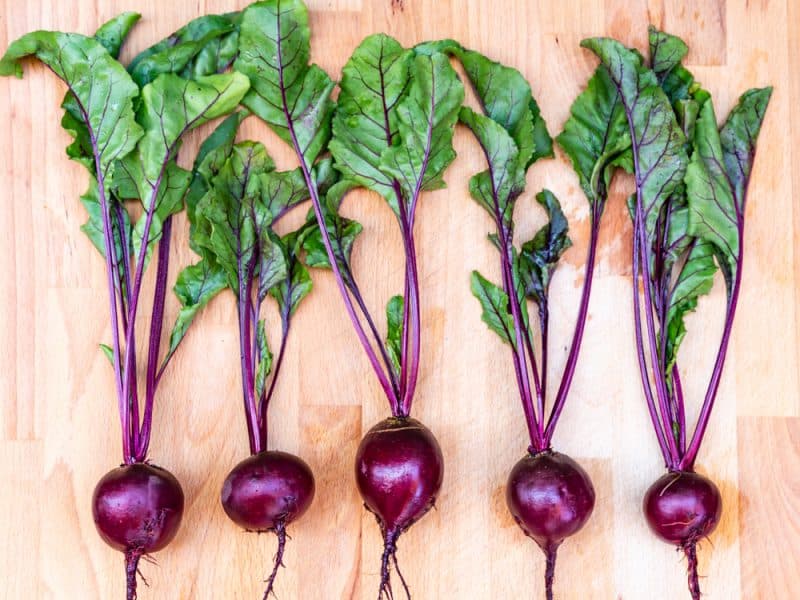
Another popular beet variety, ‘Crosby Egyptian’ is an heirloom cultivar that first entered the American market in the late 1800s.
This beet variety is an early maturing one, ready to go in just 55 days. These plants are also some of the most cold-tolerant you can grow, perfect for northern gardeners in search of an early fall crop before the first frost hits.
7. Forono
‘Forono’ beets are cylindrical beets that are easy to slice. They grow up to 8-inches long and mature in just 60 days.
8. Cylindra
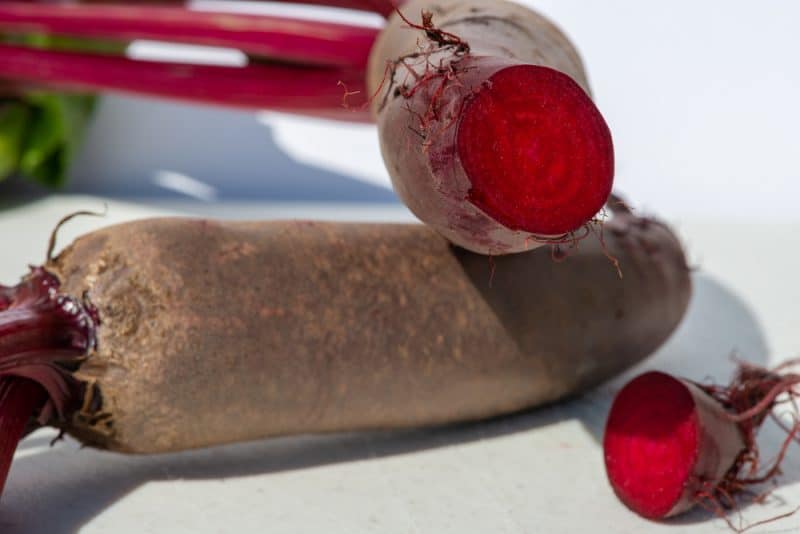
One more heirloom cultivar to consider is ‘Cylindra.’ If you like to can or pickle your beets, this one’s for you. This beet variety has elongated roots that are smooth and a deep red in color. They taste earthy and mild – and exceptionally sweet.
Each root grows to about 6-8-inches long and only an inch or so in diameter. These taste great in stews and soups and the leaves, of course, are edible too.
You can harvest greens in just 35 days and the roots in 60 or 70. These beets are perfect for growing in small gardens or those with more compact soil, as the roots don’t need as much space to mature.
9. Lutz Green Leaf
For gardeners who enjoy being able to store large quantities of beets in their root cellars, ‘Lutz Green Leaf’ beets are the ideal choice. These beets are about 6-inches in diameter and taste great roasted, pickled, or eaten raw. If you plan on storing these beets, they’ll keep for several months if you allow them to mature to a full 65 days old.
10. Detroit Dark Red
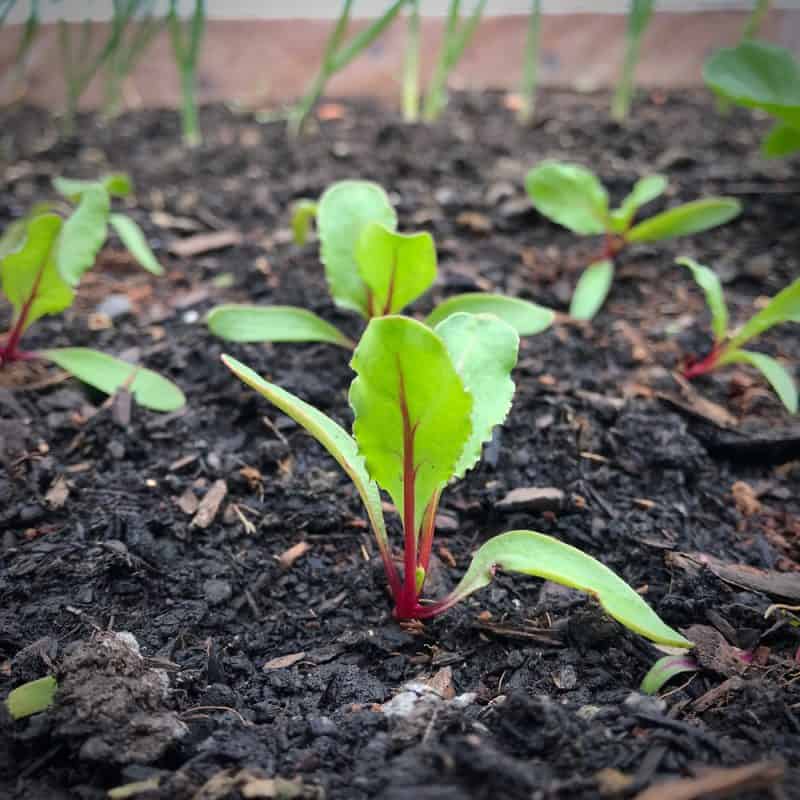
One of the most popular types of beets, ‘Detroit Dark Red’ has a bit of a fuzzy history – it was first introduced as a turnip variety, not a beet.
However, once you slice into one of these beets, there will be no doubt about it. This is not a turnip – it’s definitely a beet. ‘Detroit Dark Red’ offers gardeners deep, rounded roots with mild, sweet, and tender skins. These beets are perfect for canning, slicing, and roasting – and you don’t have to cook them to enjoy their wonderful flavors, either.
‘Detroit Dark Reds’ are ready for harvest in just 60 days, but the greens can be eaten in just 35.
11. Merlin
A mystical red-rooted beet, ‘Merlin’ is a hybrid that has been produced specifically for its resistance to extreme temperatures (it can handle both hot and cold weather with ease) and for its high sugar content and disease resistance. These beets offer a crisp, pure flavor when raw and are tender when cooked, truly offering the best of both worlds!
12. Di Chioggia
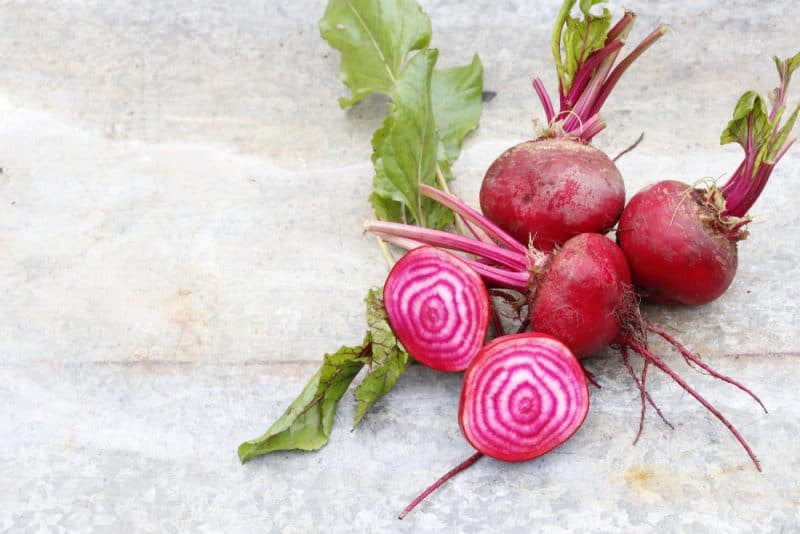
An Italian Heirloom, ‘Di Chioggia’ is a popular alternative to Chioggia that takes less time to reach maturity – only about 50 days. It has a sweet taste and is known for its striped white and red interior, its mild taste, and its sweet personality.
13. Moulin Rouge
Another hybrid cultivar to consider is ‘Moulin Rouge.’ This kind of beet has a succulent texture and produces globes that are about 1-2-inches in diameter. You can harvest them as early as 35-50 days!
14. Early Wonder
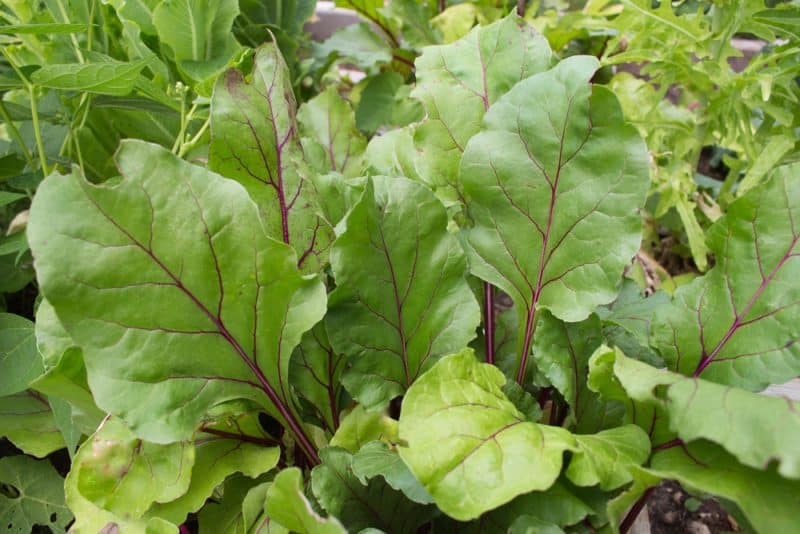
Early Wonder beets, with varieties like ‘Boston Crosby’ and ‘Nuttings Gem’ to choose from, are early maturing heirloom plants that were first introduced to the US in 1911. These plants are perfect for people who are just as interested in beet greens as they are in the roots.
The tops are known for their rapidly growing nature as well as for their enticing flavor – they are especially delicious when harvested as baby greens. It normally takes less than 50 days for them to be ready for harvest in this manner.
15. Red Ace
‘Red Ace’ beets are hybrids, too, known for their adaptability to a wide variety of soil conditions (clay soil gardeners, we’re talking to you with this one). These beets also handle cold temperatures with grace.
16. Golden

If your kids hate eating beets, a great way to trick them into eating their veggies is to cook up some golden beets. Because these beets look more like potatoes when cooked than they do beets, you won’t have any trouble convincing your kids to take a bite!
An heirloom cultivar, this kind of beet is ready for harvest in just 55 days, but the tops take only 40.
17. Sangria
An open-pollinated variety, ‘Sangria’ is ready for harvest about 55 days after you have sown seeds. It’s one of the best beet varieties when it comes to handling the heat or otherwise fluctuating temperatures.
18. Golden Detroit
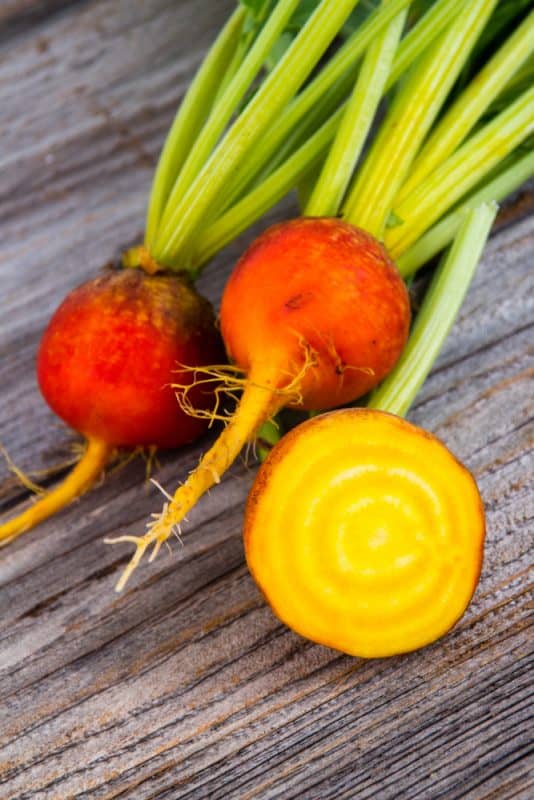
Another mild, great-tasting beet you might choose is ‘Golden Detroit.’ This kind of beet has 3-inch orangish-yellow roots that taste fantastic both cooked and raw. The tops too, are highly prized by home chefs, since they offer no taste of bitterness and can be harvested in a mere 40 days.
19. Red Ball
‘Red Ball’ doesn’t offer anything out of the ordinary, but it’s a pretty easy beet variety to grow. It’s known for its abundance of leafy greens, which can be harvested early and often for their use in sauces, salads, and stir-fries.
20. Ruby Queen
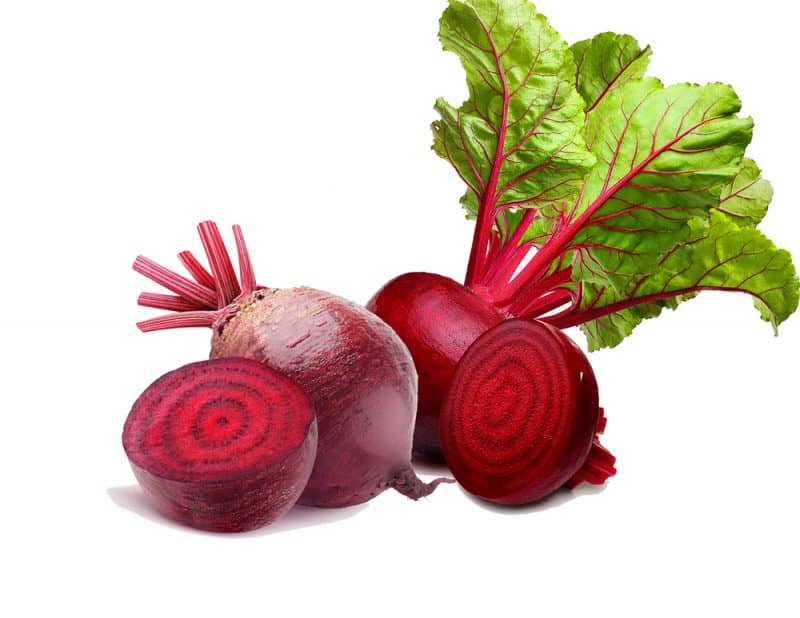
Another heirloom beet cultivar to consider is ‘Ruby Queen.’ This one grows well in poor soils, so you don’t have to worry about heavily amending the ground before you plant. The roots are round and rich, perfect for canning or eating fresh.
21. Warrior
‘Warrior’ beets take around 57 days to reach maturity – so while they aren’t the fastest maturing beets around, you’ll find that the taste is worth the wait. These roots are uniformly shaped and consistently delicious.
22. White Detroit
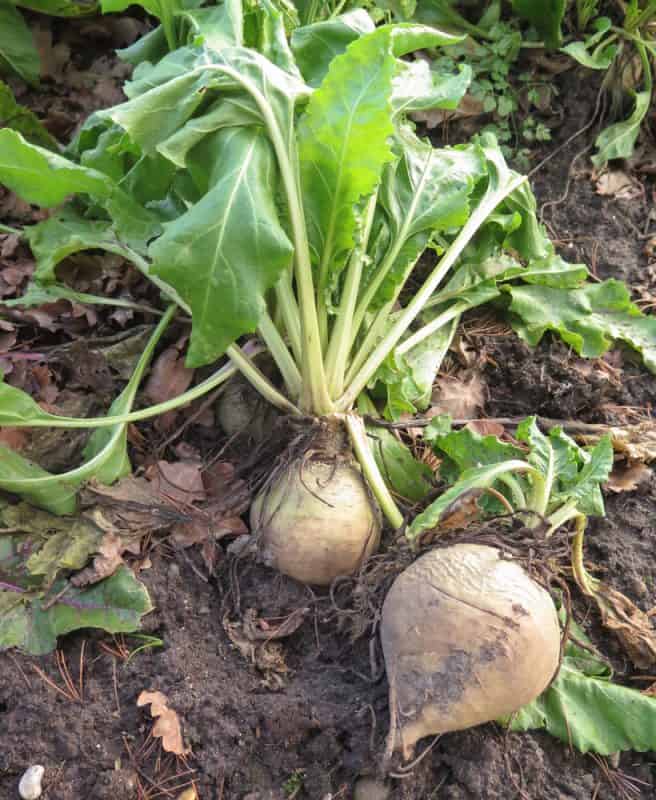
Last but not least on our list of fun beet varieties to try is ‘White Detroit.’ This one has a sweet, hearty flavor and is ready for harvest in just 55 days. You’ll love noshing on these tasty white tubers!
23. Touchstone Gold
If you’re still looking for golden beet varieties to trick – ahem, I mean, convince – your family to eat beets, try ‘Touchstone Gold.’ These beets are mild and sweet-tasting, regardless of whether you eat them cooked or raw. The tops taste great, too, with roots ready for harvest in a mere 55 days.
Why You Should Grow Several Kinds Of Beets
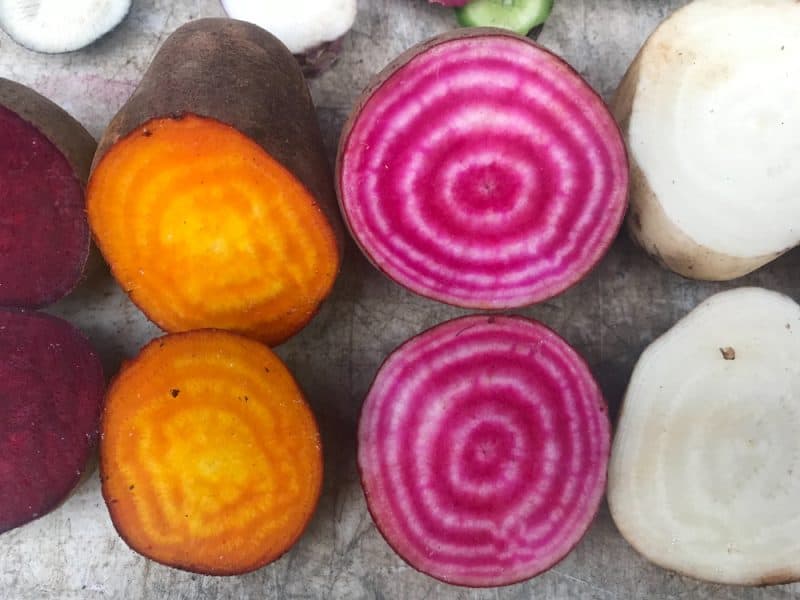
Can’t decide what kind of beets to grow? You don’t have to choose – plant them all!
Okay, maybe not all of them. However, there are plenty of good reasons to consider growing multiple kinds of beets in your backyard garden.
For one, you’ll enjoy maximum versatility. Many of these beets are easy to store so that you can have plenty of fresh beets ready to go at a moment’s notice, even during the cold, barren winter months.
Since each of these beets offers a slightly different flavor, you’ll find that growing a variety will also lend you the maximum amount of versatility and flexibility in your cooking, canning, and preserving.
Remember that since these beets have different maturation dates, planting in succession is a great way to ensure you always have fresh beets and beet greens ready to be harvested. Many of these can even be used as livestock feed!
Quick Tips for Growing Beets

If you’re looking for information on how to grow beets, be sure to check out our article explaining all about growing beets.
Otherwise, a few quick tips – for one, make sure you plant in loose, well-draining soil. Although many of the cultivars mentioned above can grow well in poor soil, most perform best (and will give you the biggest harvest) in fertile, well-aerated ground.
Watering constantly and evenly is important for growing beets, too. Remember to provide at least 1 or 2-inches of water per week and weed regularly. Careful weeding is especially important when beets are young, as competitive species can easily crowd them out.
Beets are vegetables that are often overlooked in the grocery store, but they can be some of the most versatile vegetables to grow. They come in many different colors and varieties and are easy to grow – even for beginners.
A successful growing season starts with choosing the best beet variety. Consider these options, and you can’t go wrong!
